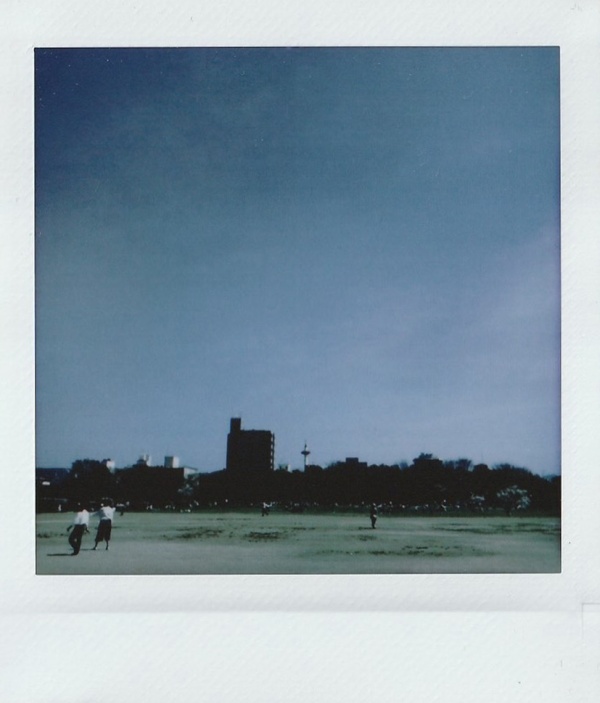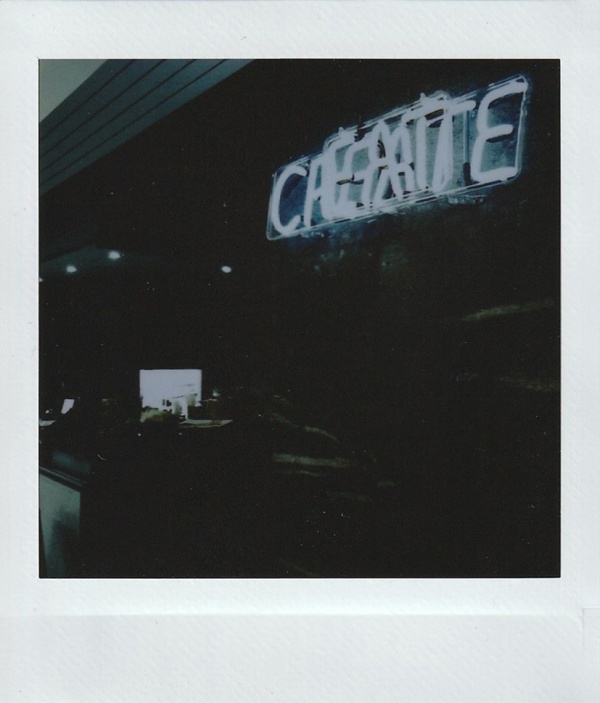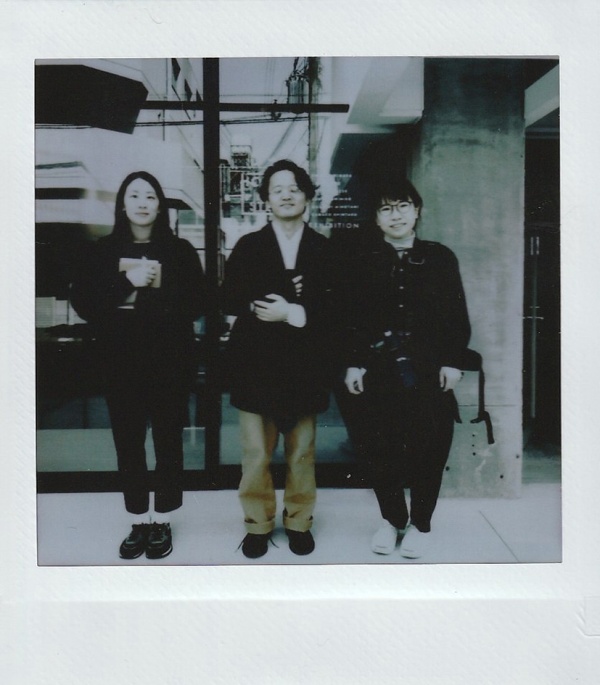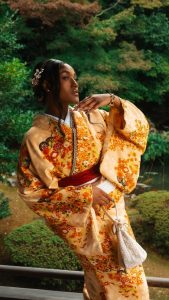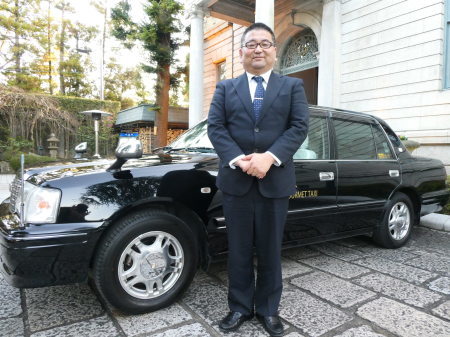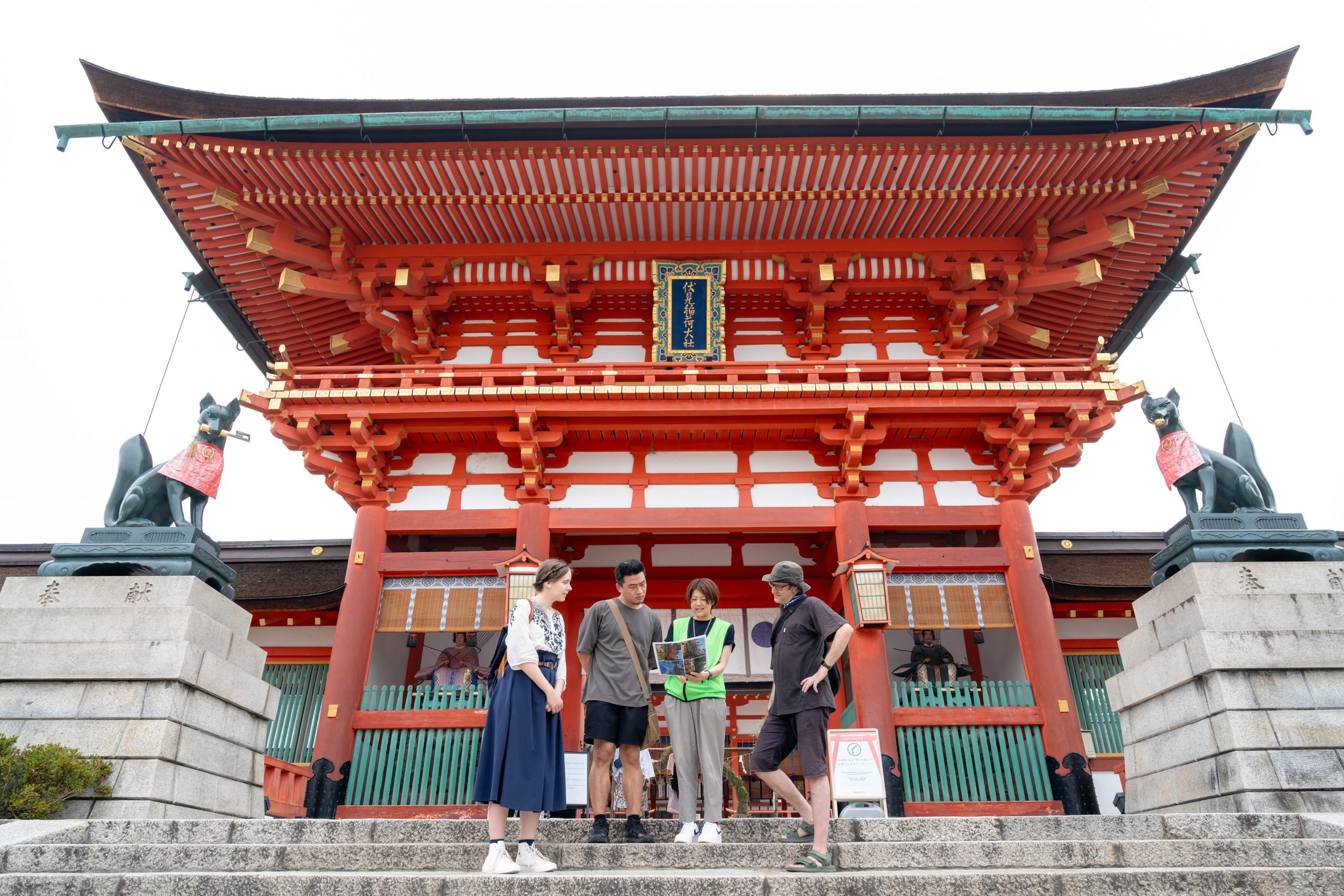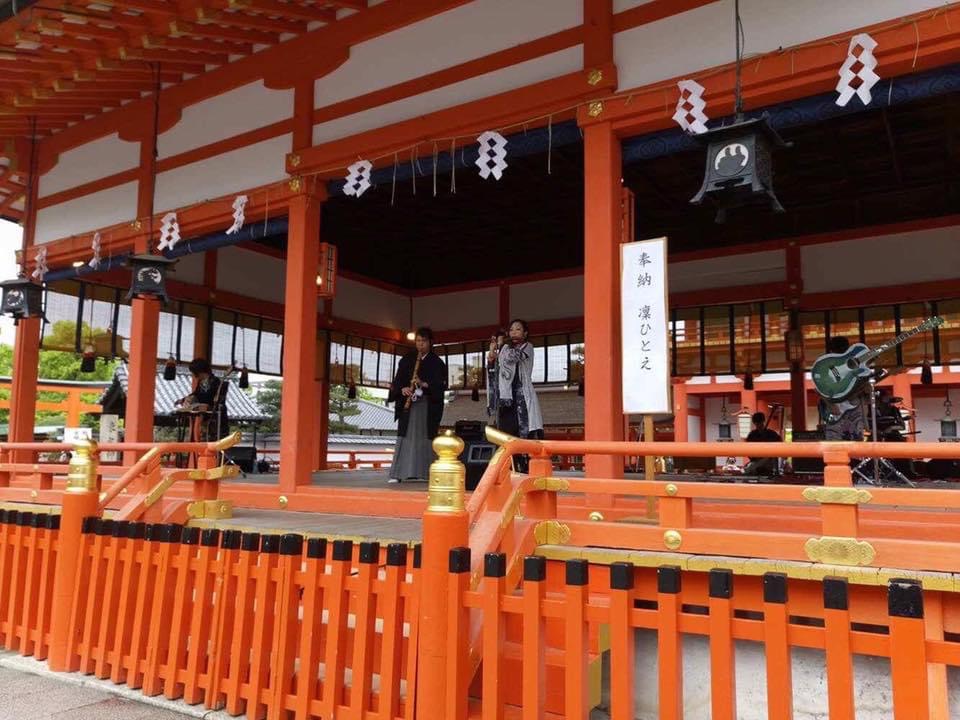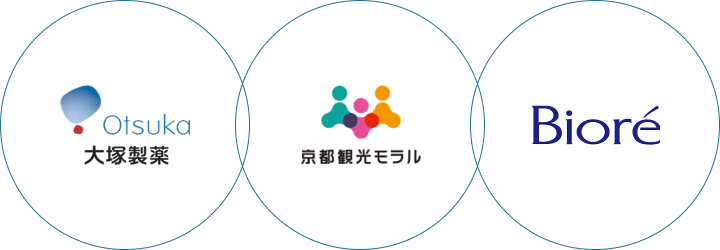
Kyoto—a city where each area is colored by unique culture and history. Many guidebooks speak of Kyoto’s charms, but they don’t tell the whole story. It’s the unexpected surprises and discoveries that ensure you will never forget your trip here. Plenty of unknown, hidden spots still await those who venture out to see for themselves.
This time, we’ll be introducing the Umekoji Park area, 15 minutes on foot west from Kyoto Station, this area housing the Kyoto Railway Museum and Kyoto Aquarium is popular among locals as a place to come to relax and enjoy themselves. Just a short walk north from here is the Kyoto City Central Wholesale Market. Guiding us in this gateway-area of Kyoto, bustling with people and goods coming and going, is Toshiyo Kusakabe from MEI Co., Ltd. which runs real estate planning projects such as KAGANHOTEL, a shared residence with ateliers for modern artists; and REDIY, a shared housing that combines workshops and dwelling.
Our Tour Guide: Toshiyo Kusakabe
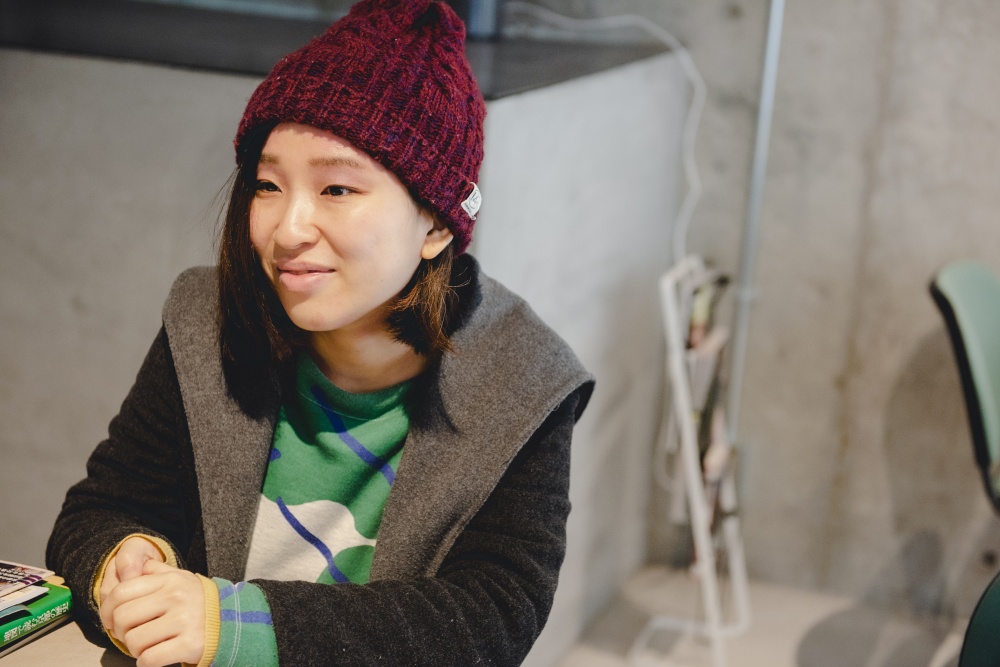
It was her mother’s suicidal death that made Toshiyo as an elementary school student begin to ponder on the thought of “What is a happy life for an artist?” To find an answer, she decided to go to a university in a prefecture that especially has many art universities. The reason why Toshiyo chose the land of Kyoto from a number of prefectures is that she is a history enthusiast. As a junior high school student, Toshiyo became interested in a group of samurai renowned for their swordsmanship called the Shinsen-gumi that fought in Kyoto some 150 years ago for the shogun. When she visited the southern ward of downtown Kyoto (Shimogyo-Ku) on research, she felt she was drawn to the way of the town where, although traditions with long histories continue to be passed down, the new also can coexist with the old. After graduating from university, Toshiyo co-founded MEI Co., Ltd. with her partner Tomoki Ougisawa and started directing workshop-and-dwelling-in-one shared housing/residence projects in renovated old buildings with the aim of organizing an environment and system where young artists can concentrate on their creative activities.
“Our activities not only aim to give new life to the buildings but also to activate the whole town by increasing the number of people who work and live together in this area. To not let the lineage of the buildings’ or the town’s context be broken off, we need those who can transmit and pass down the stories,” says Toshiyo, whose ultimate goal is to take part in passing down those stories by creating links between the town to the buildings, people to people, and people to things through her work in the real estate business. As she says, “Because I work in this business, I was inspired to enjoy imagining how the past contexts could connect to create the present by looking at the old maps and paintings depicting the town of Kyoto and the lives of its people 500 years ago.” Her unique way to enjoy walking along the streets comes from such a background. Now, let’s set out to find the fragments of those stories, and feel the way of life in the Umekoji area.
Characteristics of the Umekoji area
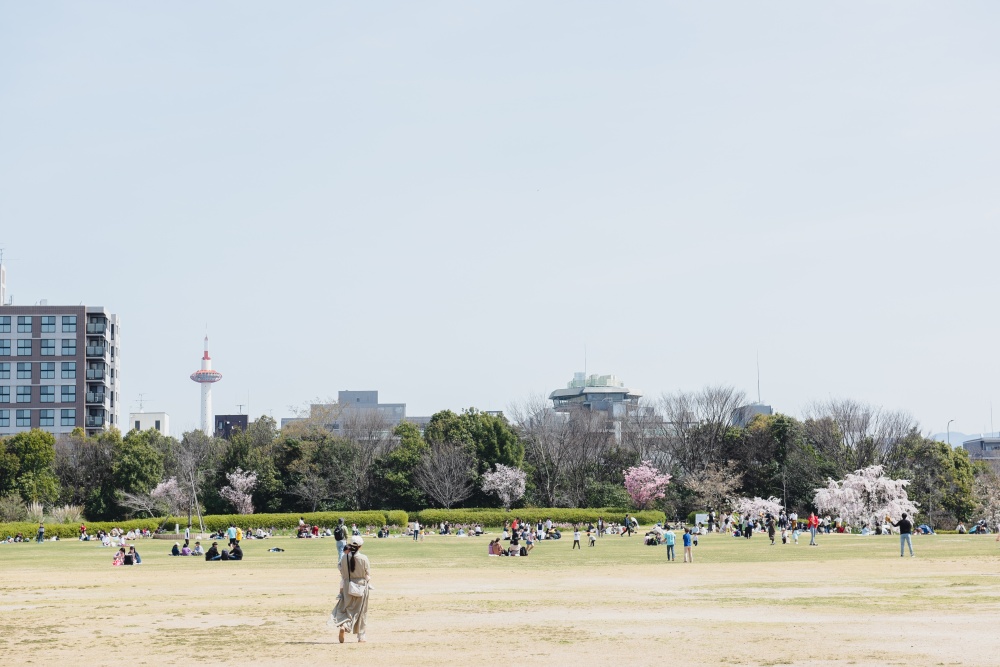
The large lawn area of Umekoji Park is the spot where locals come to relax
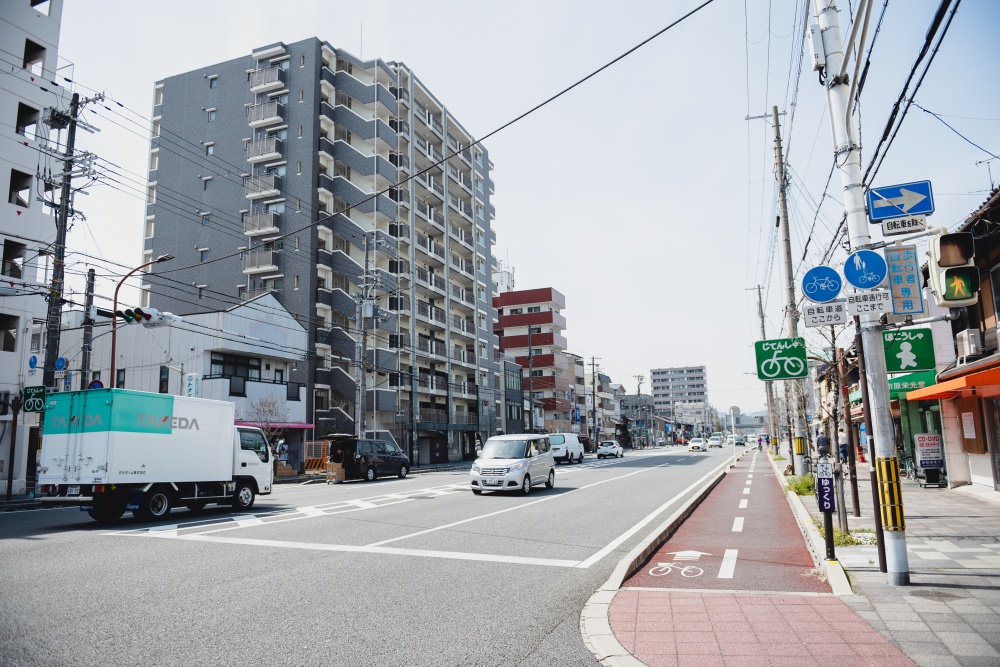
Shichijo Street, on the north of Umekoji Park, runs across Kyoto east to west. Just a little north of the intersection of Shichijo-Shin Senbon is where the Kyoto City Central Wholesale Market and KAGANHOTEL are located.
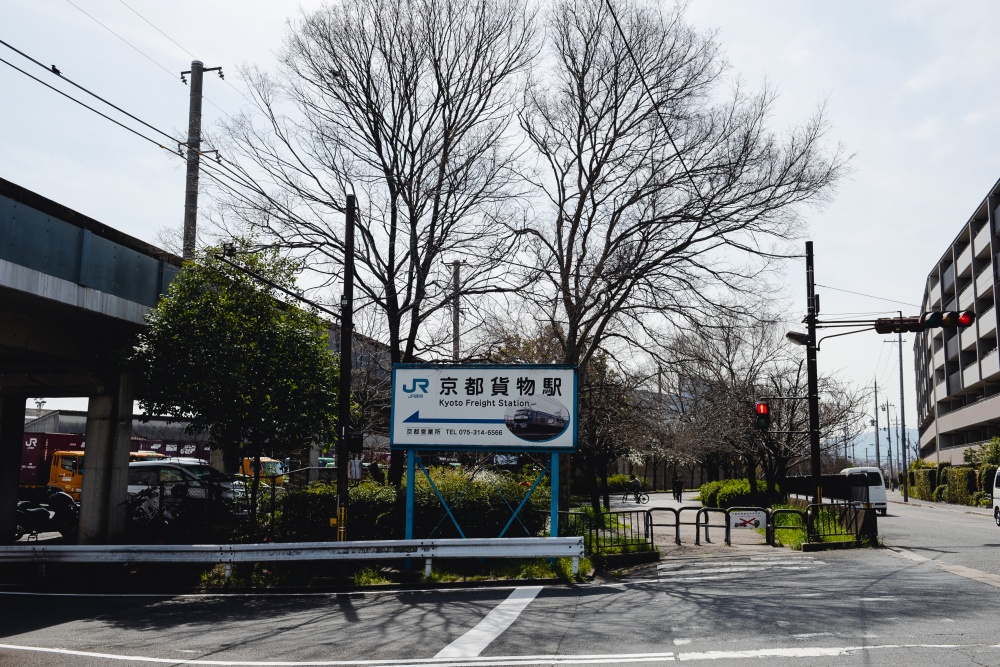
JR Kyoto Freight Terminal
“About 1200 years ago on the north side of Umekoji Park, there was a state guest house for diplomatic purposes called Kourokan, functioning as Japan’s entrance to welcome people from abroad. And now, the site has become the Kyoto City Central Wholesale Market where fish, fruit, and vegetables from around Kyoto gather, still keeping its historical context as the pivotal point for the transportation of people and goods. Such a historical past can be sensed on the east side of the JR Sanin Main Line train tracks where the stone monument of Kourokan is, as well as the monumental architecture of Sumiya, the only remaining piece of *ageya-architecture, designated as an Important Cultural Property of Japan (Now open as a museum, Sumiya).
*ageya: the style of grand banquet halls equivalent to today’s high-class restaurants.
One more thing, that can’t be left out when talking about the identity of this area as the center of distribution, is a spot that Toshiyo says is her most favorite, the Roundhouse (a semi-circular garage and turntable for trains) of the Kyoto Railway Museum which is also an Important Cultural Property of Japan. This place, which is now a part of the railway museum, was founded as the nation’s first station exclusively for freight trains: Umekoji Station (now JR Kyoto Freight Terminal). It served as a logistics terminal, and the rails were stretched radially to accommodate the many freight trains arriving and departing. Toshiyo shared her anticipations for her shared-residence projects to us, saying, “My wish is for KAGANHOTEL to become a place like this, a ground from where the people and ideas that gather, go out into the world.” Next, it’s time to tune into this area’s present by feeling the life in this town, which has underpinned the flow of people and goods uninterruptedly, from 1200 years ago to now.
A creative neighborhood: the workshop-and-dwelling-in-one tradition is still alive here

The façade of KAGANHOTEL with window design like trains, in vogue at the time it was built
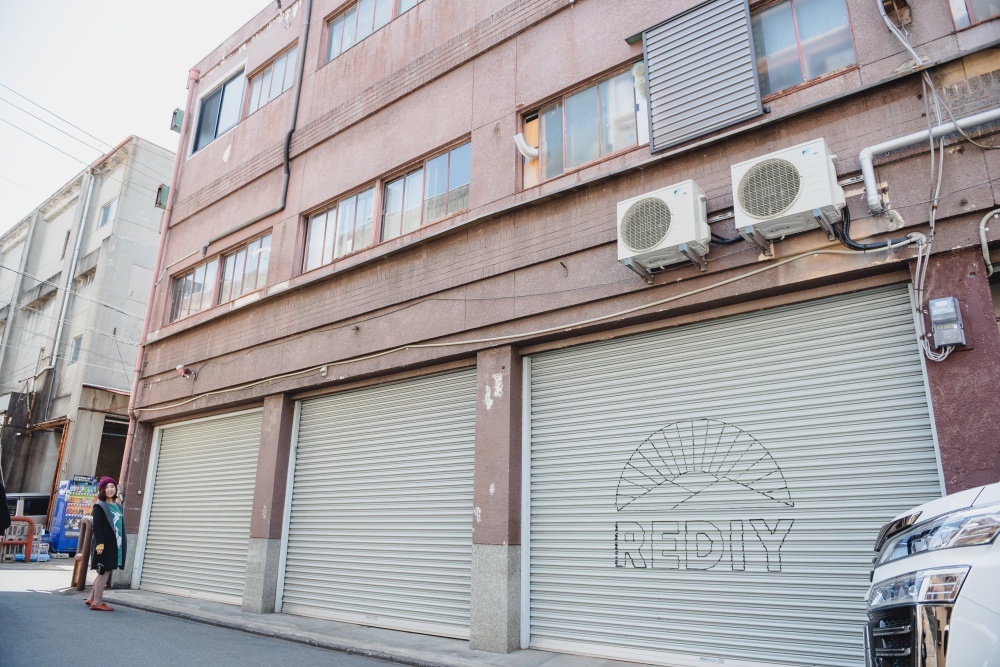
Many buildings with the living quarters upstairs and workshops downstairs still remain
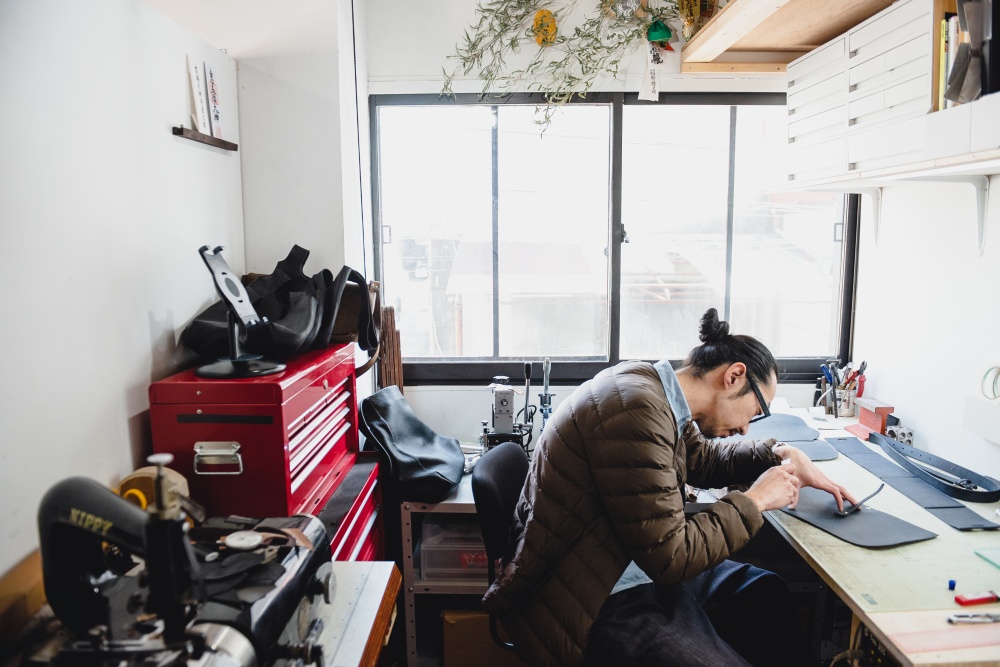
A leather craft artist’s atelier in the shared housing with workshops
Toshiyo first showed us the area where KAGANHOTEL and REDIY that she launched are: the Kyoto City Central Market area on the north side of the Umekoji Park. Many buildings featuring workshop-and-dwelling-in-one function, where people live upstairs and work downstairs, still remain here. KAGANHOTEL also used to be a female employees’ dormitory of a wholesale company trading in vegetables and fruit. Recently there have been new facilities starting to operate in buildings like these where 3D printers and laser cutters are ready for anyone to easily have a go at creative activities. And, young artists and creators gather here hoping to start their careers, making it a part of their culture to share their workplaces and living spaces. “People from Silicon Valley are coming here. It seems to be catching attention as a business scene, too.” She seems to feel the great potentials it has as a creative area. In addition, the barbecue yard, which became one of the stages of the international photography festival held in Kyoto “KYOTOGRAPHIE,” is also here, making this place draw the attention of the trend-conscious youngsters in recent years as a place where business and culture intersect.

Toshiyo spots a sign of an old restaurant and takes a snapshot
An area where the past is still present
Going past the central market, Shichijo Street, and back to Umekoji Park. We were blessed with fine weather, and since this winter has been relatively warm, some early sakura (cherry) blossoms were starting to bloom. “I love sakura blossoms,” Toshiyo said as she began to walk in a sprightly way. Suddenly, the sight opens up, and as we turned our gaze afar into the direction Kyoto Tower appeared, there we saw many warehouses lined up on the street next to the park. Toshiyo smiles as she gazes at them with fascination. “I’m in love with buildings that look like they could be ruins but are actually in use. I think the way that they look weathered but still serve their function is handsome. They are proof of the lives and interactions continuing,” she said, looking like she was imaging the stories the warehouses told.
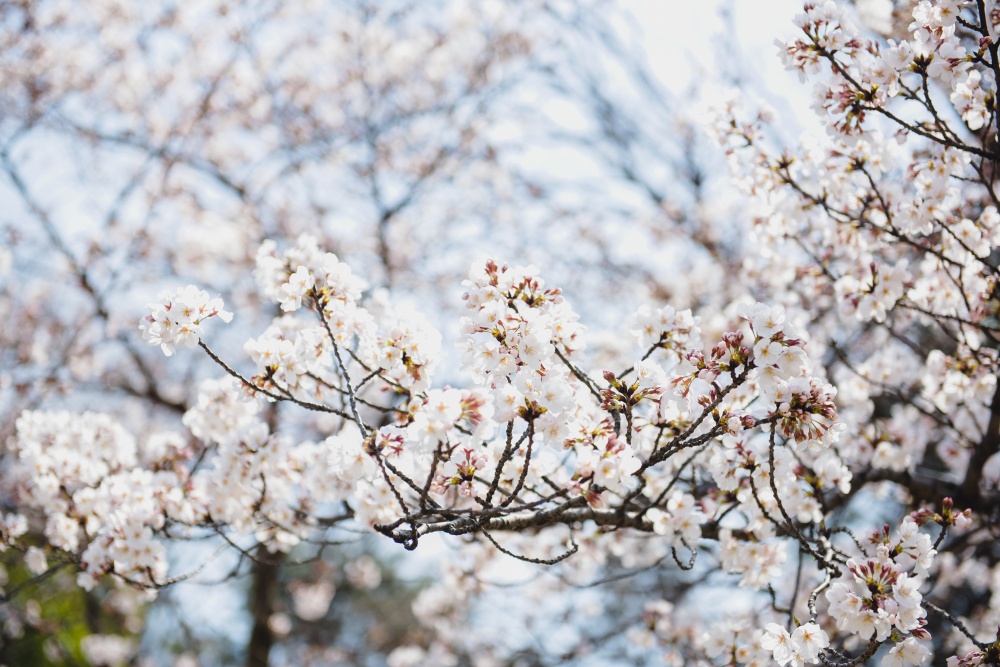
The sakura (cherry) blossoms are beautifully in bloom
When we got to the Umekoji Park, she stopped in front of a signboard for a historical site standing quietly in the corner of the main square of the park. She says, “Inside Nyakuichi Shrine, a little west in this park, there is Kusu Shrine (Camphor Shrine) for the giant camphor tree there which is more than 800 years old. Actually, that tree is said to be planted in the site of Hachijo-Tei on the south side of Umekoji Park which is thought to have been the grand residence of Taira no Kiyomori who politically ruled Japan1200 years ago,” telling us about the remains of the actual lives of historical figures as she compared the ancient map to a current one.

The Shichijo Entrance Square: the main entrance of Umekoji Park, where various events are held on holidays
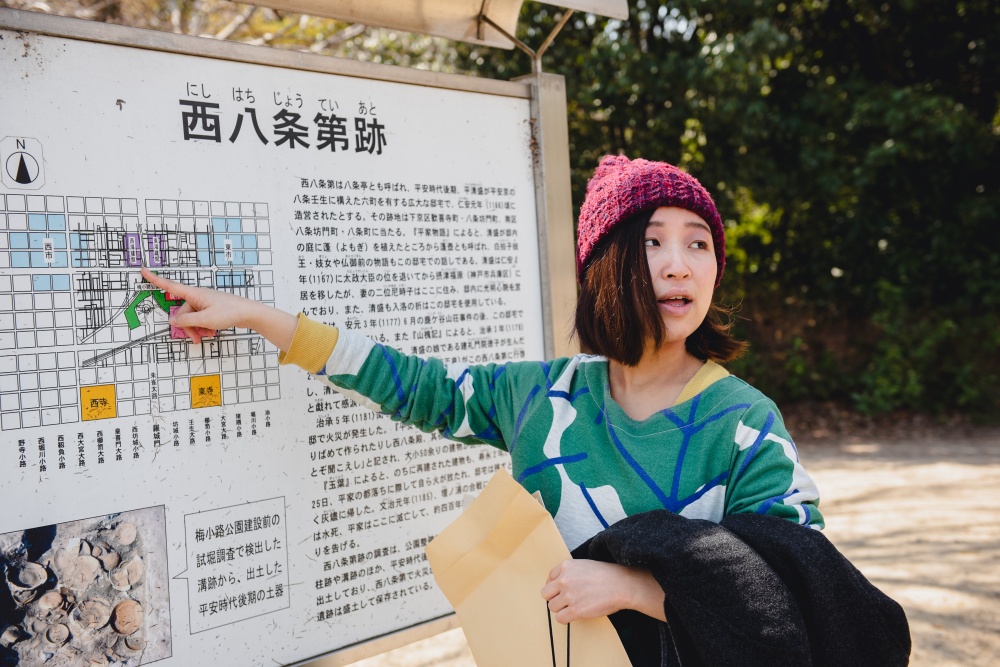
The historical site explanation signboard of Nishi-Hachijo-Tei-ato
Finally, we go up north on Mibugawa Street, running through the park south-north, to a residential area. The rents of some of the buildings in this area are relatively cheap, so there are photo studios and also many fledgling artists. Toshiyo says that by artists and creators moving in to areas where rents are cheap but have good access like here, the entire area can be revitalized as a “creative” neighborhood. Could this be the beginning of a new story to be spun into the thread that creates history? “This area has many attractive buildings, it’s also easy for creative people to access, and it’s got history to it. I think it’s one of the most exciting neighborhoods now.” When she says so, I wonder what the future of this area looks like through her eyes.
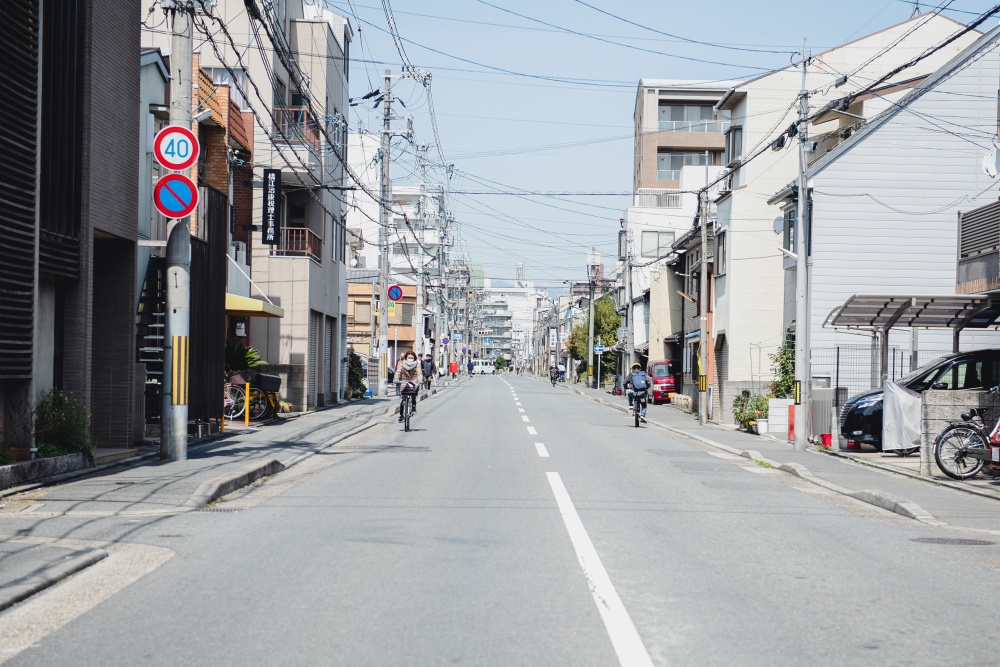
There are many historical sites in the area west of Mibugawa Street, allowing us to imagine the olden times
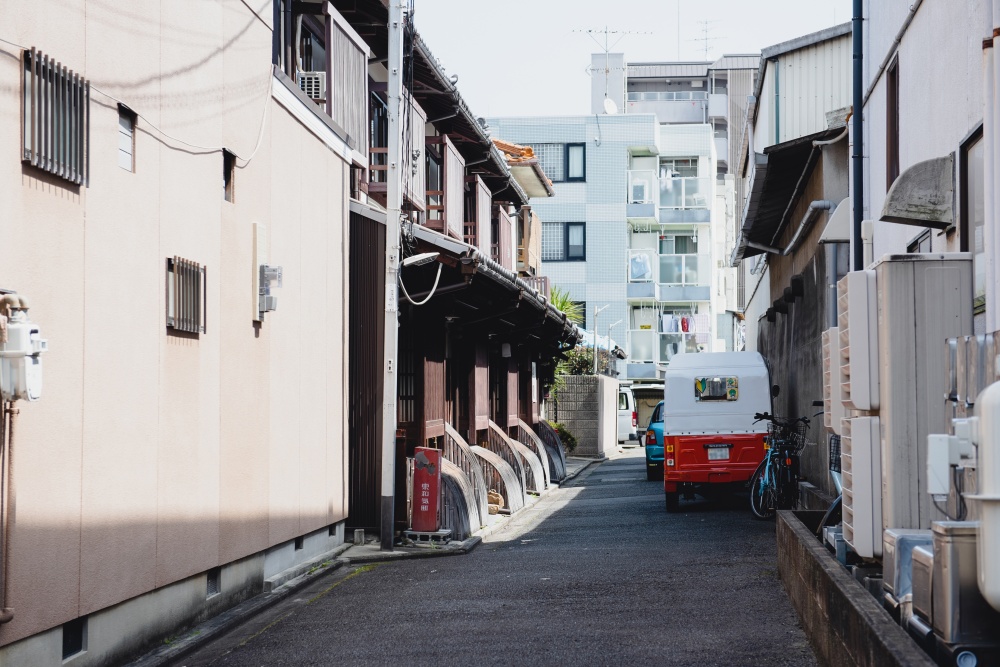
There are nagaya-style houses (row houses) in the alleys

A ryokan (Japanese-style inn) with history dating back to the mid-19th century
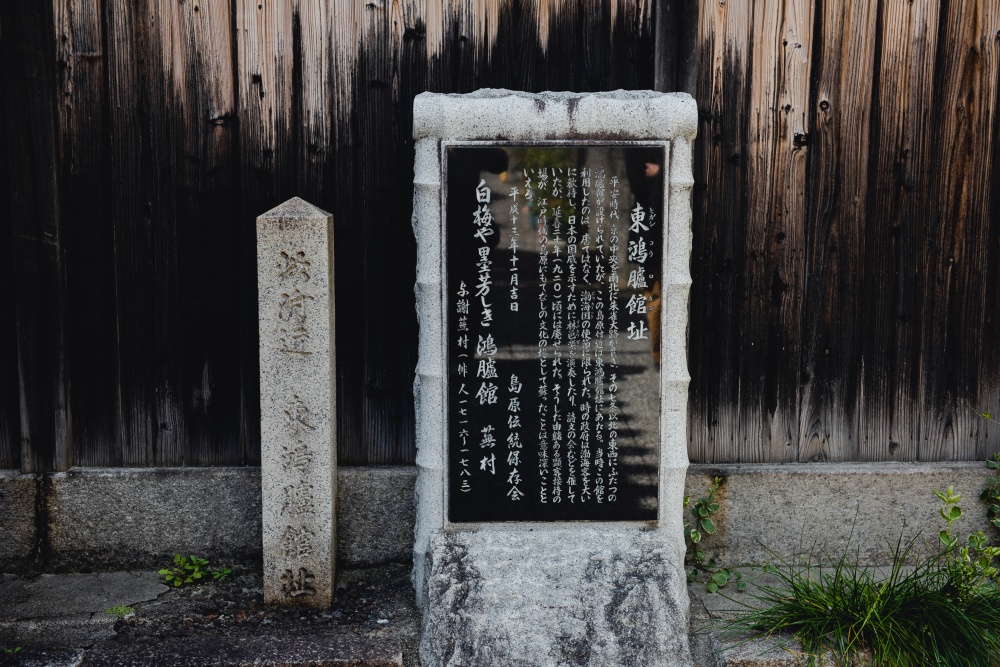
A monument commemorating Kourokan, the facility that welcomed important foreign guests (Higashi Kourokan ato)
After walking the streets of the Umekoji area, feeling the history and life here, now we are back at KAGANHOTEL. For the last polaroid film in the Instax, she asked us, interviewing her today, to “take a picture together.” Her friendly finishing touch mirroring the way she takes special care with connecting and creating bonds between people, makes us see a positive future in the Umekoji area which she is trying to realize hand in hand with young artists. When you visit Kyoto, why not go with the history, and start your trip by walking about the Umekoji area, which is increasingly becoming an excellent base to explore Kyoto with more new accommodations, including the KAGANHOTEL?
Umekoji area as seen through Toshiyo’s eyes
